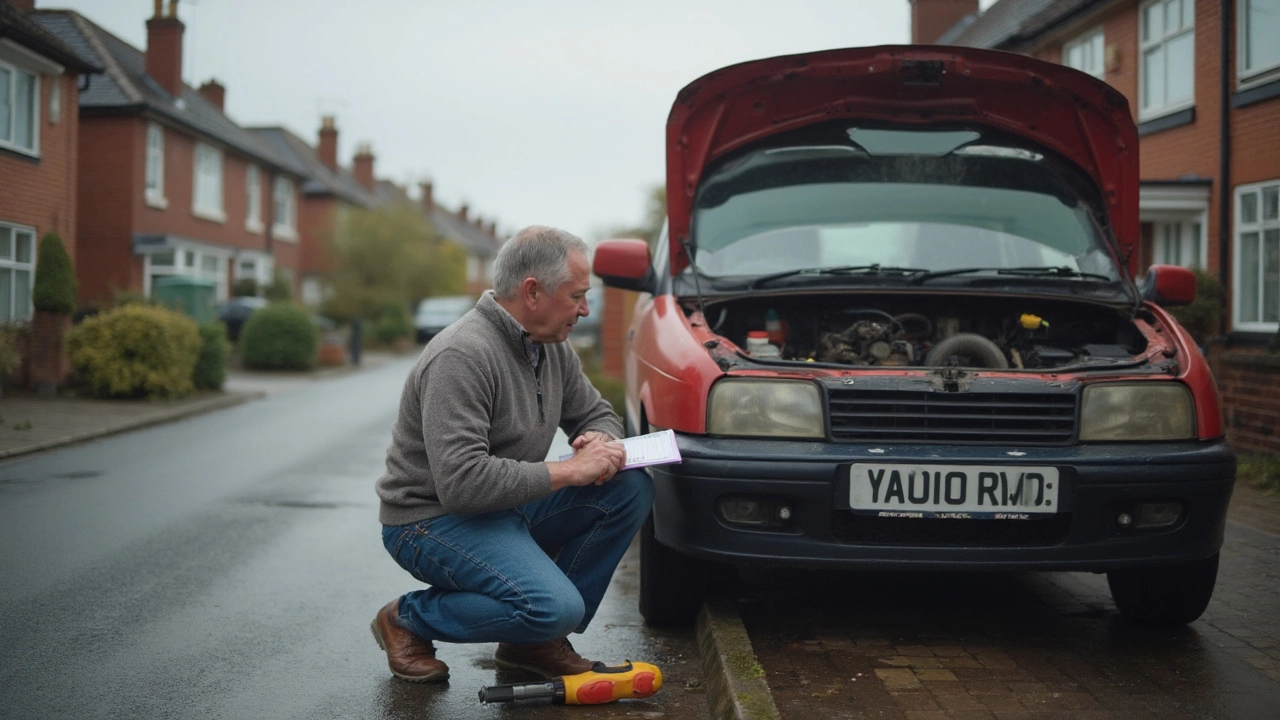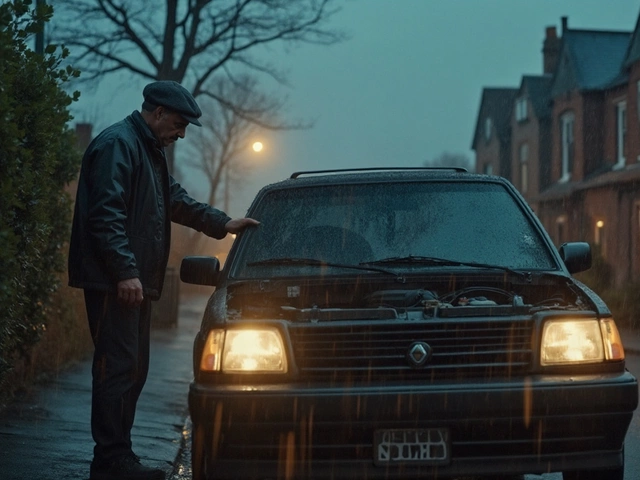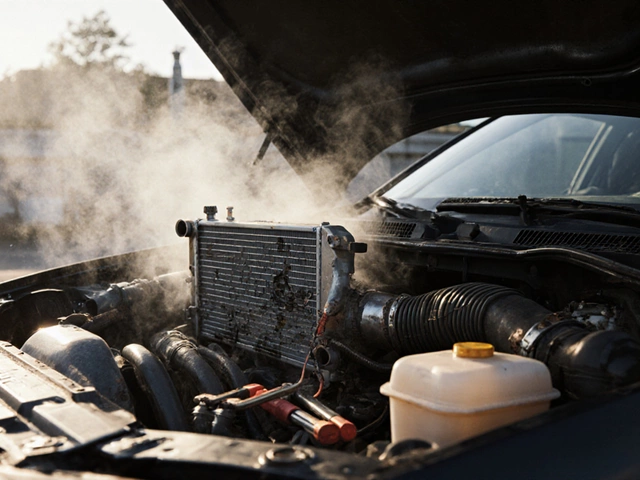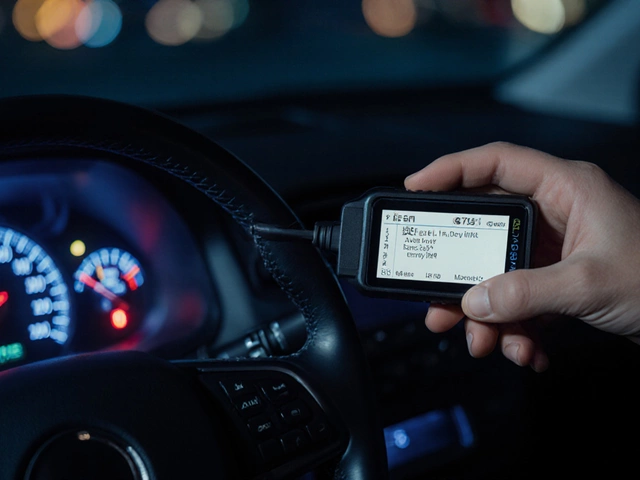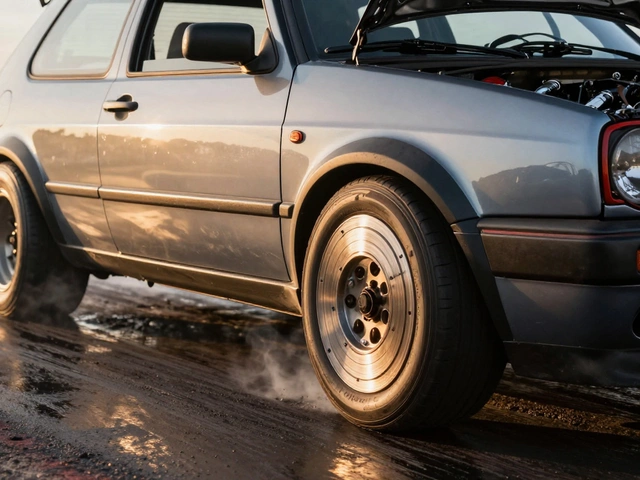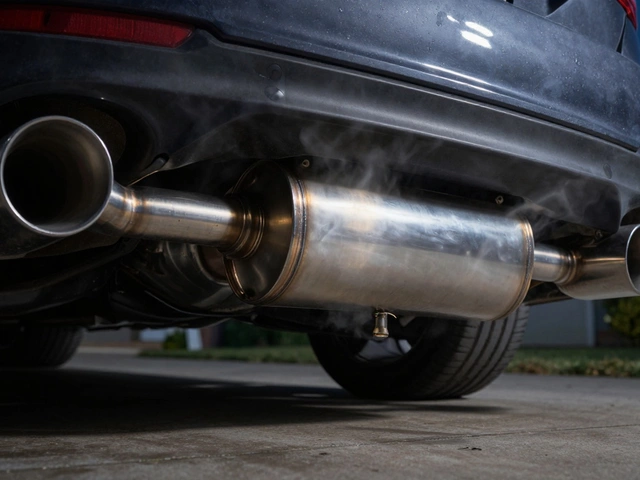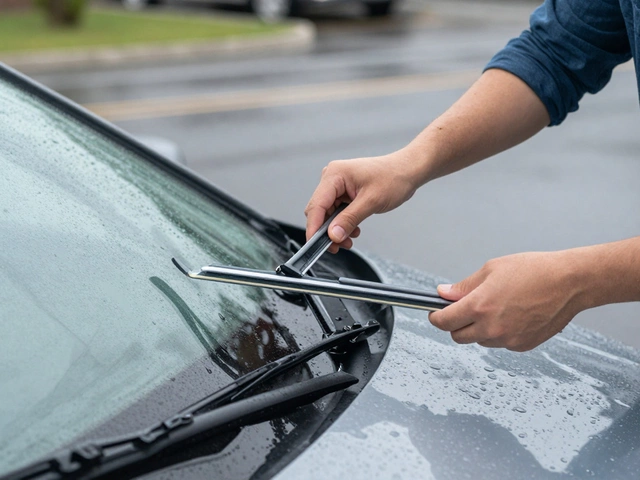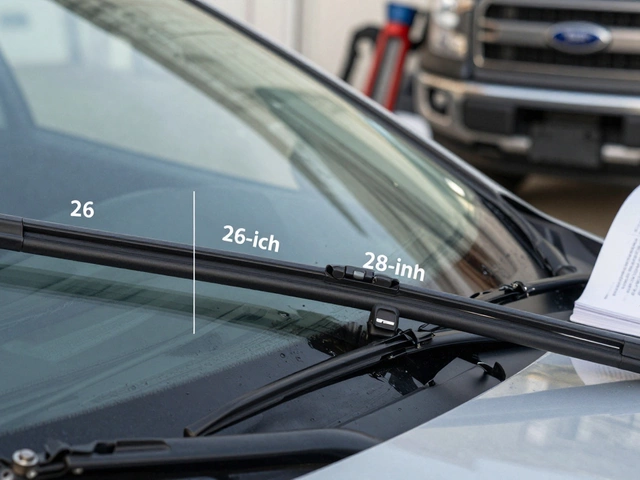If your gear shifts feel weird or your engine revs but the car just doesn't keep up, you might be dealing with a failing clutch. Catching these problems early can save you a ton of money and hassle. A bad clutch doesn't just leave you stranded—it can even damage other expensive parts of your car.
Testing your clutch at home isn't rocket science. You don't need a shop full of tools or years of car knowledge. Anyone with a manual transmission and a bit of attention can spot the warning signs. From how your pedal feels under your foot to simple driveway tests, you can figure out what’s really going on before you panic or start spending.
- Why Your Clutch Matters
- Classic Signs of Clutch Trouble
- The Parking Brake Test
- Feeling the Pedal: What It Tells You
- DIY Road Tests for Signs of Slipping
- When to Call in the Pros
Why Your Clutch Matters
Your car’s clutch is what lets you shift smoothly between gears. That little pedal is basically the middleman between your engine and your wheels. If it goes bad, you’re either going nowhere or you risk damaging even more expensive stuff in your ride. Most manual cars rely on a clutch to handle all the torque—sometimes that’s over 200 foot-pounds in your average sedan.
A worn-out clutch can make every drive a headache. You’ll notice slipping, grinding, or even a total loss of movement in extreme cases. That’s not just annoying. If you keep driving like this, you could end up replacing more than just the clutch kits. Your flywheel, synchros, or even your transmission could call it quits too. Not a cheap fix.
- The clutch uses friction to link your engine and transmission. When you press the pedal, it separates these parts so you can change gears.
- Most clutches are made to last about 60,000 to 100,000 miles, but this really depends on how you drive.
- Ignoring clutch trouble leads to more serious repair bills down the road.
Think about this: according to recent repair records, clutch replacements are in the top five for manual transmission maintenance jobs across the US. Getting ahead of problems saves a pile of cash and helps you avoid being stuck on the roadside waiting for a tow truck.
Classic Signs of Clutch Trouble
Spotting problems with your clutch early makes life so much easier. When a clutch starts to fail, you’ll notice changes in the way your car feels and responds. Ignoring these signs can leave you stuck by the side of the road or looking at a huge repair bill.
- Slipping Clutch: If your engine revs go up but your car doesn’t pick up speed like it should, your clutch is probably slipping. This is most obvious when accelerating hard or going up hills.
- Hard or Spongy Pedal: Pay attention to the pedal. If it suddenly feels easy to push or is much harder than usual, that’s a red flag. A spongy feel can mean air in the hydraulic line or a leaking master/slave cylinder.
- Trouble Shifting Gears: If it’s tough to get into gear or you hear grinding when shifting, your clutch could be dragging or not fully disengaging.
- Burning Smell: Catch a sharp, burning odor, especially after a hill or stop-and-go traffic? That’s usually the friction material on your clutch overheating.
- Strange Noises: Squeaking or growling when pressing the clutch pedal often points to a worn release bearing or issues with the clutch fork.
These warning signs usually creep up slowly. A lot of folks ignore the first few hints—then the car won’t move and it’s too late. Regular clutch test routines can keep you ahead of the game. At a parts shop in 2023, pros said about 1 in 4 manual cars they checked needed new clutch kits sooner than the owners thought.
| Symptom | Most Common Cause |
|---|---|
| Slipping clutch | Worn friction plate |
| Hard shifting | Clutch not disengaging |
| Burning smell | Overheated clutch |
If you catch these problems early, you can plan for repairs and maybe just need a simple adjustment instead of a full-on clutch kit replacement. Don’t let your car surprise you—pay attention to these signs.
The Parking Brake Test
The parking brake test is about as simple as it gets—and it doesn’t cost a thing. It’s an easy way to check if your clutch is slipping before you fork out cash for a new clutch kit. Mechanics use this trick all the time because it takes only a minute and gives you a pretty clear answer fast.
- Park your car somewhere flat and safe—think driveway or empty parking lot. Make sure there’s no one around who could get in your way.
- Turn off the radio and anything else that might distract you. You want to listen closely to how your car behaves.
- Push the clutch pedal in and shift into second or third gear. Don’t use first—it may give a false reading because it’s easier for a weak clutch to grab in low gears.
- Pull the handbrake up tight. Really crank it so the car won’t budge. If your parking brake is weak, this test won’t work right. According to the NHTSA, over 35% of emergency brake failures are from worn or loose cables, so check that your handbrake feels firm.
- Slowly let out the clutch while gently pressing the gas. You’re not racing—just give enough throttle to put the clutch under load.
- If your engine stalls right away: Good news! Your clutch is likely holding strong and not slipping.
- If the engine keeps running or the revs shoot up, but the car stands still: That’s a red flag for a slipping clutch. The clutch kit isn’t gripping like it should, and you’re losing power.
This quick clutch test gives solid results and works for most manual transmissions. Don’t forget—a bad result here means it’s time to look at repair options before things get worse. If you drive a newer car, check the owner’s manual for any warnings about this kind of test. Some modern systems can get grumpy if you put a lot of stress on them like this.

Feeling the Pedal: What It Tells You
The clutch pedal can tell you a lot about what’s happening inside your clutch kit—you just need to know what to look (and feel) for. It's honestly one of the simplest ways to catch problems before they turn into serious repair bills. When you step on the clutch, focus on how it feels under your foot. A healthy pedal is usually smooth, takes steady pressure, and doesn’t make odd sounds. Anything different? Time to pay attention.
- Spongy or soft pedal: If your clutch pedal feels squishy or doesn’t spring back, there could be air in the hydraulic line or a failing master/slave cylinder. That isn't just strange—it's a signal your clutch system isn’t working right.
- Hard or stiff pedal: If you need both feet just to push it down, you might have a worn cable or a binding in the clutch assembly. This can get worse fast, sometimes with zero warning.
- Chattering or vibration: Your foot shouldn’t feel any shaking or rough pulses when you push in the pedal. If it does, the clutch disc or pressure plate could be warped or worn.
- Grinding noises: Weird sounds under your foot while pushing the pedal often mean problems with the throw-out bearing or the pressure plate. This is a repair you really don’t want to ignore.
A clutch pedal that grabs way up high or pretty close to the floor? Both are classic signs of a worn clutch disc. Here’s a quick fact: A recent survey of auto shops in the US showed that clutch pedals with abnormal bite points are among the top three clues that lead to clutch repairs.
| Pedal Feel | Possible Cause |
|---|---|
| Soft/Spongy | Hydraulic issue, air in line |
| Stiff/Hard | Worn cable, bad linkage |
| Chatter/Vibration | Warped disc or plate |
| Noisy/Grinding | Worn bearing or pressure plate |
According to Car and Driver magazine,
“The clutch pedal is like a stethoscope for your manual transmission. If it feels different or makes noise, don’t wait for a total breakdown to get it checked.”
Trust your foot—it’s often the first warning that your clutch needs attention. Take these signals seriously to keep your car running smooth and avoid getting stranded on the side of the road.
DIY Road Tests for Signs of Slipping
Suspect your clutch is slipping? Try a few simple road tests before spending cash at the shop. A slipping clutch usually shows up when your engine revs climb but your car barely picks up speed. Here’s how you can test that without special tools:
- Find a safe spot: Park your car on flat ground in an open area—like an empty parking lot. Make sure there’s no traffic around.
- Check in higher gears: Drive at about 20-30 mph and shift into third or fourth gear. Press the gas pedal to the floor. If the engine revs shoot up but your speed stays the same, that’s a classic sign your clutch might be slipping.
- Try the hill test: If you’re on a gentle hill, leave your car in second gear and slowly give it gas. If the car doesn’t move smoothly or you smell burning (like burning rubber), your clutch could be worn out.
- Let-off test: While driving around 30 mph in a higher gear, quickly let off the gas and then hit it again. If you notice a lag before the car responds, your clutch might not be grabbing like it should.
Keep your ears open for odd noises and your nose tuned to any burning smells—both can be dead giveaways. Here’s a quick look at what you might notice during a bad clutch test:
| Symptom | What it Might Mean |
|---|---|
| High engine revs, no speed boost | Clutch is slipping |
| Burning smell | Clutch disk is burnt |
| Jerky starts | Clutch isn’t engaging properly |
These basic steps can give you a clear idea if your clutch is on its way out. If you catch a problem, you can deal with it before you’re stuck calling a tow truck—or making things worse by ignoring it. Nothing fancy, just practical ways to spot trouble early and keep your car running smoother for longer.
When to Call in the Pros
There comes a point when home tests and driveway checks just aren’t enough. If your clutch test turns up iffy results, or you notice your car grinding, chattering, or refusing to go into gear, it’s usually time to call a mechanic. Manual transmissions can be tricky, and clutch repairs often mean dropping the transmission out of the car—which needs tools and skills most people just don’t have in the garage.
Here are clear signs you should bring your car to a professional:
- Grinding noises when shifting even after double-clutching
- Your clutch pedal sinks to the floor or sticks when you press it
- Much harder or much easier pedal pressure than normal
- Visible fluid leaks under your car near the transmission
- Burning smell or smoke when you’re driving, especially when climbing hills
Statistics from auto repair shops show that about 60% of clutch kit replacements happen because drivers kept ignoring small problems until the car was almost undriveable. If you’re seeing two or more signs above, it’s cheaper in the long run to get a pro’s opinion before you end up stranded or facing a bigger car repair bill.
Most mechanics can diagnose clutch problems in less than an hour. They’ll often use tools to measure things you can’t see, like clutch cable tension or pressure plate wear. And if you do need a whole new clutch kit, they usually warranty their work, so you’re not left hanging if something goes wrong later.
The bottom line—if you’ve run through your at-home checks and things still aren’t right, don’t tough it out. Call someone who works with manual transmissions all day. It might cost a bit up front, but you’ll avoid the stress and inconvenience of sudden breakdowns or bigger repairs down the road.
